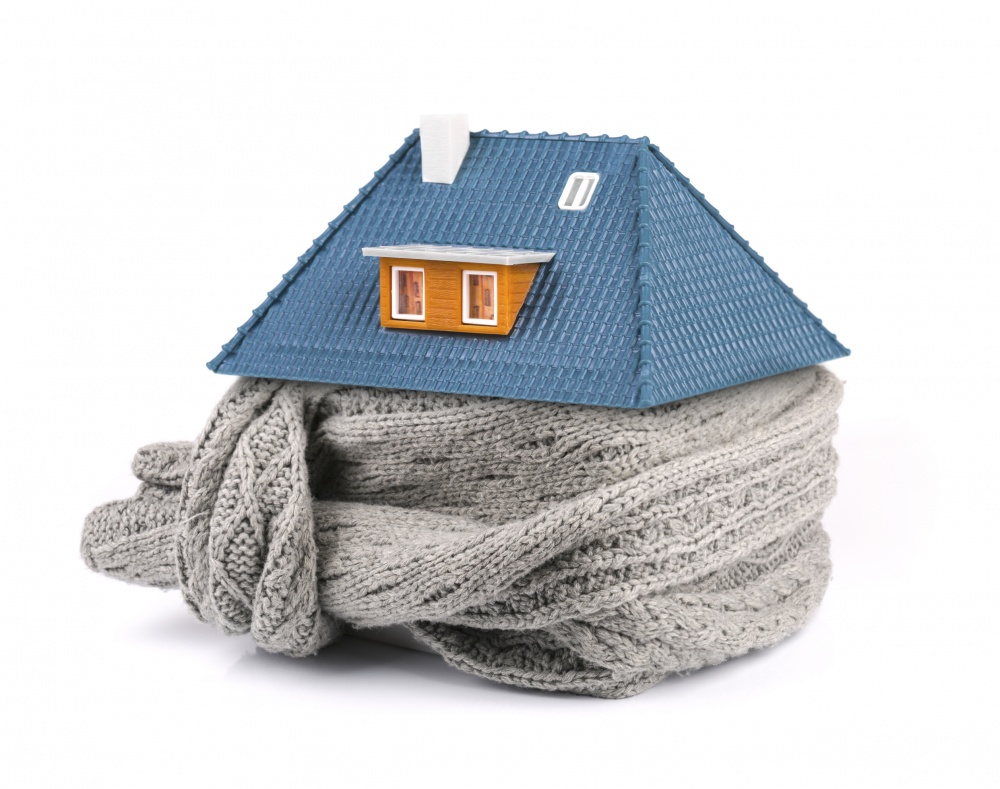Our top tips on the easiest way to save on energy bills

With fuel price rises at the forefront of today’s news, now is the time to up your insulation
Global warming and climate change are headline news and we all need to do our bit to help. By cutting back on the energy we use to heat our homes we cut down our carbon footprint, hence why effective insulation should be top of your tick list.
Heat flows from warmer to cooler spaces until there is no longer a temperature difference. Insulation helps to reduce heat losses in cold weather and heat gains in warm weather. By installing insulation, the air leakage rate of your house will be reduced dramatically and your heating will be cut by up to half.
A relatively low-cost solution to help reduce heat loss (for those that didn’t listen at school – heat rises) as most DIY-ers are capable of installing their own insulation, which usually consists of rolls of thick mineral wool, so you can save on contractors too. A new loft conversion will have had to adhere to strict insulation regulations, but if yours is an older one then you might find there isn’t much between your ceiling and the sky. The simplest solution is to fit insulation boards internally but this may compromise precious head height. Ask an expert as it may make more sense (if obviously be more expensive) to replace the existing plasterboard and pack insulation behind the new boards.
If you live in a period property, or in a conservation area, you will need to seek advice before you make any alterations to your property as restrictions are often in place. This applies to replacing windows and doors too. Older properties also need to be made draught proof by blocking gaps between door and window frames, and always install humidity controls in the bathroom to prevent moisture and damp building up.
External walls without insulation can lose up to 35 percent of your heat. When it comes to external wall insulation, cavity walls are easier and cheaper to fill but the cost of external insulation can be up to £20,000 for a detached house. Be careful not to fill any air bricks or holes purposely left for ventilation.
The garage is one area often forgotten about when it comes to insulation, yet a garage will often have three external walls so heat can be lost fairy rapidly if there is no insulation in the adjoining property wall(s). The same goes for a porch, and a conservatory. If you have a solid roof insulation will help conserve heat, and regulate the temperature throughout the day. Do make sure you have enough good ventilation to prevent moisture and condensation build-up.
Good ventilation is vital for a well insulated home. If heat can’t escape it can cause condensation to form on the colder surfaces so always ensure you have extractor fans if needed. Motorised or heat responsive window openings are becoming more common and are a great way of regulating thermal temperatures. If all else fails – just make sure your windows open!







